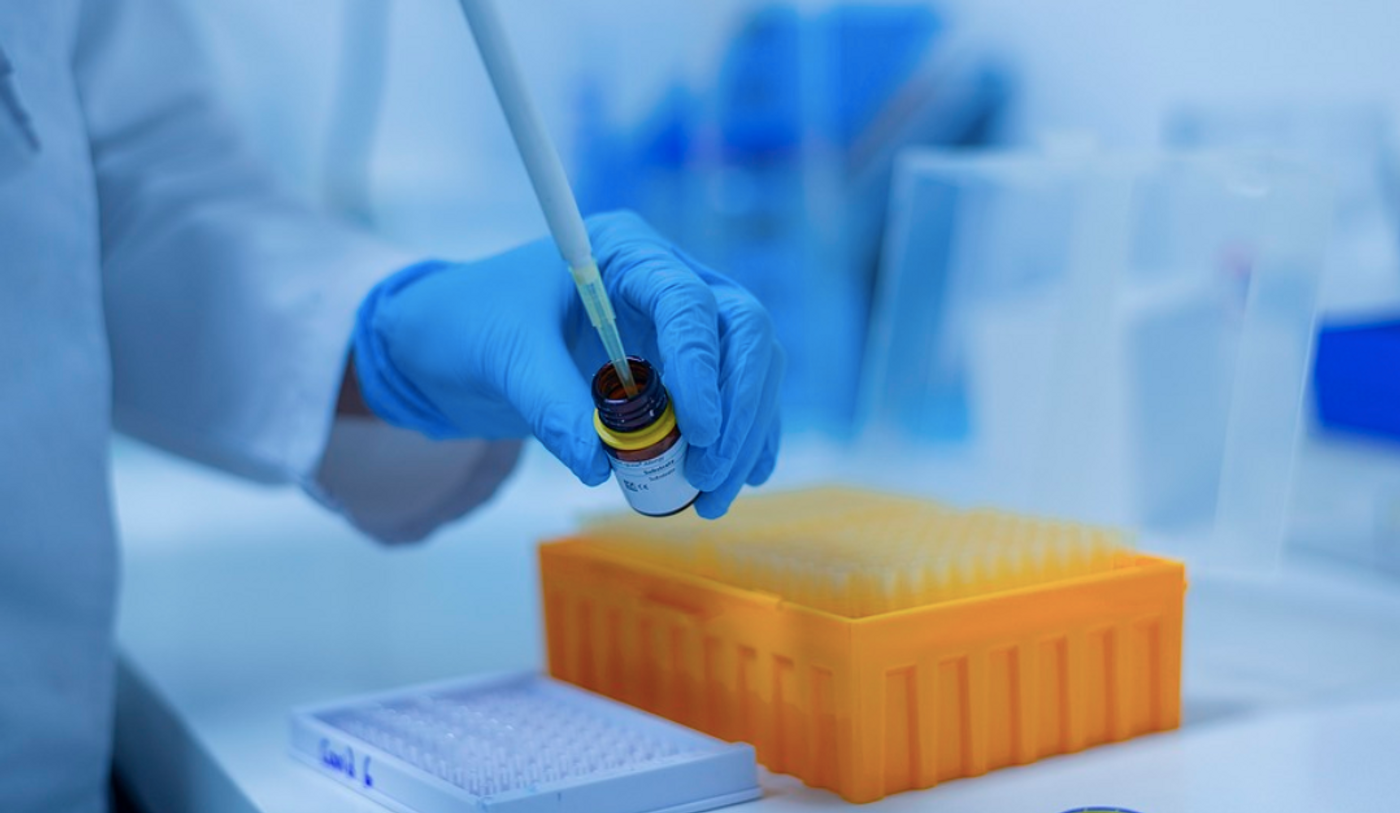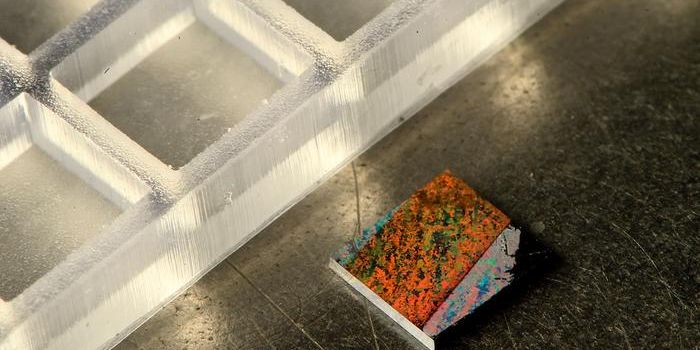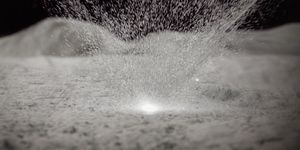Improving Cancer Detection with Digital 3D Images
When a sample of tissue is analyzed, it is normally cut into thin slices that can then be treated and assessed in various ways. But these two-dimensional representations of three-dimensional (3D) structures can lead to incorrect or misleading interpretations. When those slices of tissue are used in cancer diagnosis, a patient might get the wrong answer about whether or not a tumor is malignant. Researcher Francesca Catto thought that 3D images could provide more accurate pictures for clinicians, and wanted to develop that kind of technology. But turning that idea into a reality presented many challenges.
Catto worked on this project as part of her neuroscience thesis at the University of Zurich in the lab of Professor Adriano Aguzzi. "We started out trying different approaches, but nothing worked. It was a nightmare." Luckily, there were many collaborators who could offer assistance, and progress was made.
With interdisciplinary approaches, the investigators integrated different methods to create a robotic device that can offer insight about the physical arrangement of cells in a tissue sample. This can provide more accurate cancer diagnoses to patients, said the scientists.
In this new method, the tissue sample is rendered transparent with automated tools. Next, unusual cells that could be cancerous are marked. A 3D image of the tissue where cancer cells sit is then generated using existing technology. In the final stage of the process, computational tools are used to analyze the images.
Now, clinicians and researchers don't have to prepare tissues by treating them and then slicing them, which can be time consuming and may introduce artifacts. Instead, the entire tissue sample, like a portion of lymph node, can be assessed whole.
The technology is not quite ready for the clinic, noted the scientists. The software is now being optimized, but the techniques that make the tissue transparent and create the 3D image are already available.
Source: ETH Zurich









